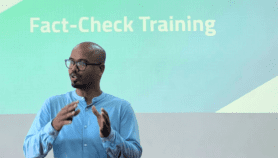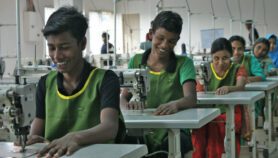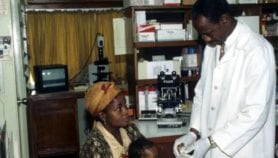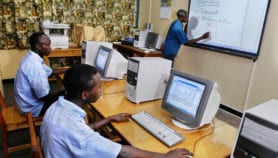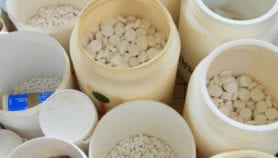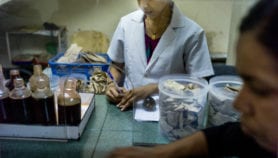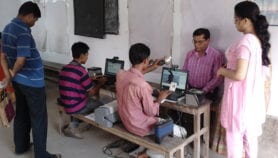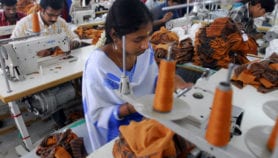By: T.V. Padma
Send to a friend
The details you provide on this page will not be used to send unsolicited email, and will not be sold to a 3rd party. See privacy policy.
[AHMEDABAD] India is drawing up plans for a national stem cell initiative to increase clinical applications of stem cell research, build links between scientists and medical doctors, and prioritise areas for research funding.
The plans, being drafted by the Indian Council of Medical Research and the Department of Biotechnology, include creating a fund to boost stem cell research.
Dorairajan Balasubramaniam, former director of the Centre for Cellular and Molecular Biology in Hyderabad and current director of research at the Hyderabad-based L. V. Prasad Eye Institute, told the Indian Science Congress in Ahmedabad last Thursday (6 January) that India is especially interested in clinical applications of stem cells in ophthalmology, cardiology and spinal cord repair.
A key objective of the initiative is to promote ‘stem cell city clusters’. These would link all publicly and privately-funded research groups within a city, enabling them to share facilities, ideas, and research and business opportunities, as well as promoting interactions between researchers and clinicians.
Several major institutes in India are engaged in stem cell research, with most focusing on using stem cells to regenerate nerve, heart and adult muscle cells, and repair damaged bone tissue.
The L. V. Prasad Eye Institute, for example, has treated blindness using stem cells derived from the eye (see India forges ahead with stem cells for eye repair).
Similarly, the Christian Medical College, in Vellore, plans to use stem cells derived from bone marrow to treat chronic liver failure and to regenerate tissue to treat heart disease, traumatic brain injury and Crohn’s disease — a form of inflammatory bowel disease whose incidence is rising worldwide.
Other centres for stem cell research include the National Centre for Cell Sciences in Pune and the National Brain Research Centre at Manesar near Delhi.
Balasubramaniam believes India could take a lead in stem cell research as it is among the few countries with clearly defined ethical guidelines and has initiated the so-called city clusters.
Mahender Rao, section chief of stem cell biology at the National Institute of Ageing in Baltimore, United States, agrees that India has some distinct advantages, including the technology to identify and derive stem cell lines and a cadre of scientists trained at the National Institutes of Health in the United States.
India also has a successful in vitro fertilisation (IVF) industry that regularly uses blastocysts — the initial cell mass formed when human eggs are fertilised — which are a source of stem cells.
“[Indian] IVF clinics are already donating blastocysts for stem cell research,” Rao told SciDev.Net.
However, India has some disadvantages too. Groups working in the area are fragmented and there are insufficient resources for large-scale experiments.
Stem cell research is starting to receive more official support in India. In an address to the science congress, the Indian president A. P. J. Abdul Kalam identified stem cell research as a priority area for India to focus on.
“We will definitely see widespread stem cell research and its application to treatment of many diseases in a cost effective way,” said Kalam.
In August 2004, an Indian parliamentary committee recommended the Department of Biotechnology place greater emphasis on wider applications of stem cells to treat genetic disorders.


